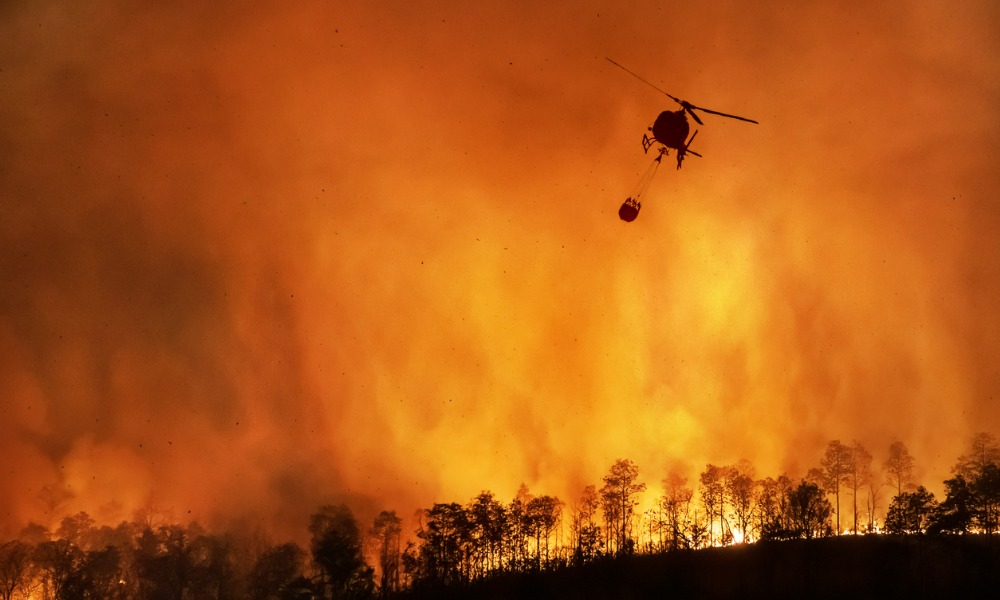Tips to prepare for and react to a catastrophic incident

This article was produced in partnership with Avetta
It’s hard to know how to respond to a workplace disaster if you’ve never experienced on. The goal is always prevention, and if health and safety leaders are doing their jobs well, they have likely avoided workplace disasters throughout their career. But acts of nature and other types of catastrophes may be unavoidable.
A new white paper from Avetta titled ‘What To Do in the Event of a Workplace Disaster’ provides practical guidance on how to respond to a catastrophic incident. It says the best thing to do is stay prepared.
“An important part of creating a successful business is being able to respond to and recover from disasters, both big and small.”
The guidelines can help a company withstand any type of disaster. Some of the scenarios include natural disasters such as hurricanes, earthquakes, floods, and fires. But there are also other disasters that be caused by humans like an active shooter, a bomb threat, or an accidental explosion. There are also chemical and biological threats.
The white paper walks you through how to identify the threats and hazards.
Once the identification process is complete, Avetta outlines five key steps to create an emergency response plan. Then it suggests ways to see if the plan works. This includes simulating mock scenarios that will help identify and close gaps within the response plan.
Avetta also provides tips on how to evaluate the response plan after real life disaster has taken place so that you know whether the emergency response plan worked and whether improvements need to be made.
Catastrophes and disasters can strike anytime, anywhere, which is why it is crucial to have a plan in place to mitigate the impact.
Download the white paper today and start thinking about your workplace disaster response plan.





